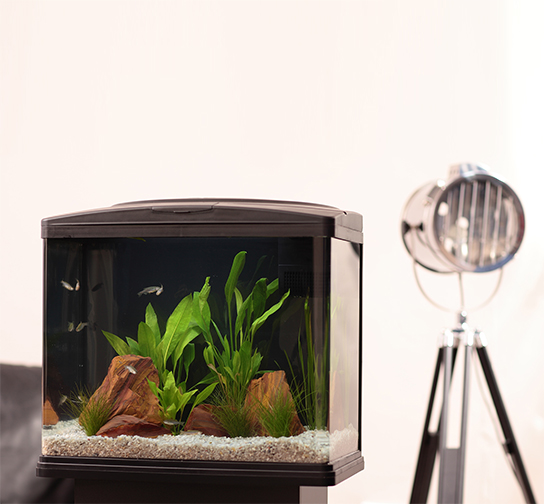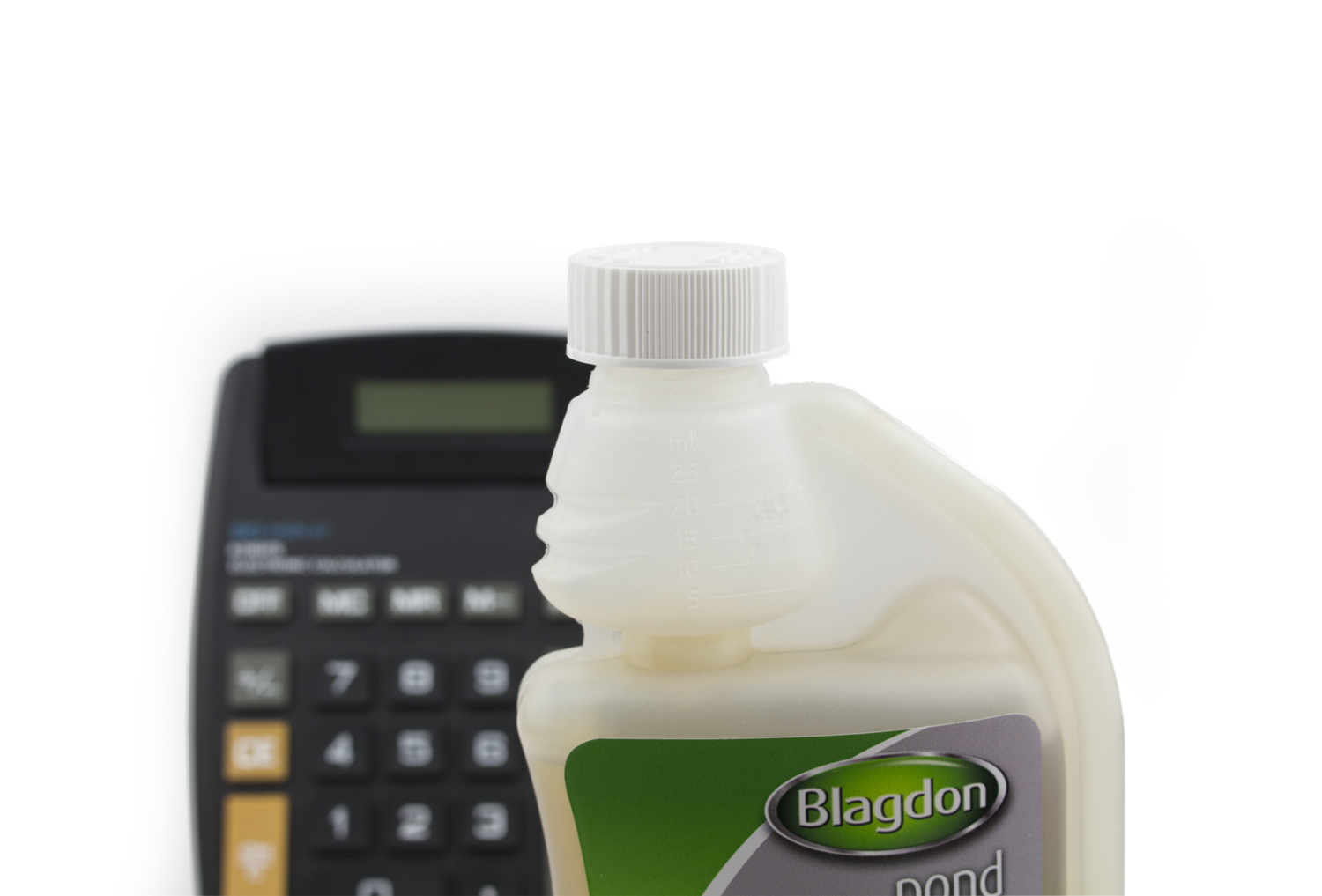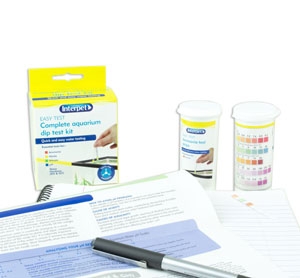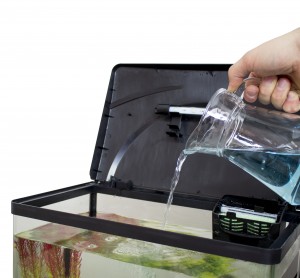How to treat high ammonia in an aquarium
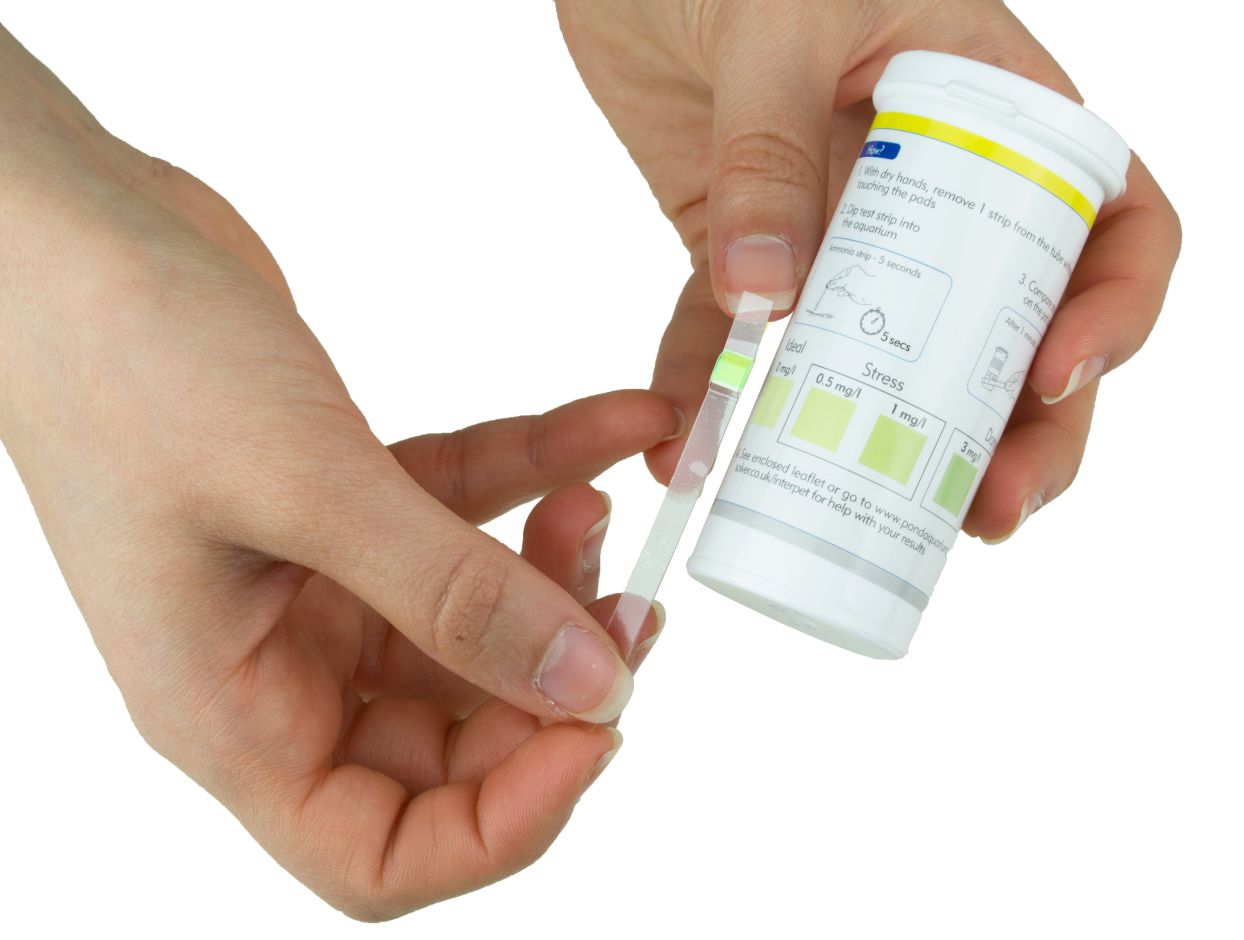
What does it look like?
- High ammonia test results
- Invisible issue

What are the fish doing?
- Acting irritable - 'scratching', jumping, twitching, shimmying
- Breathing at the water's surface
- Fish appear pale or dark
- Flicking against objects
- Gasping, rapid gill movement
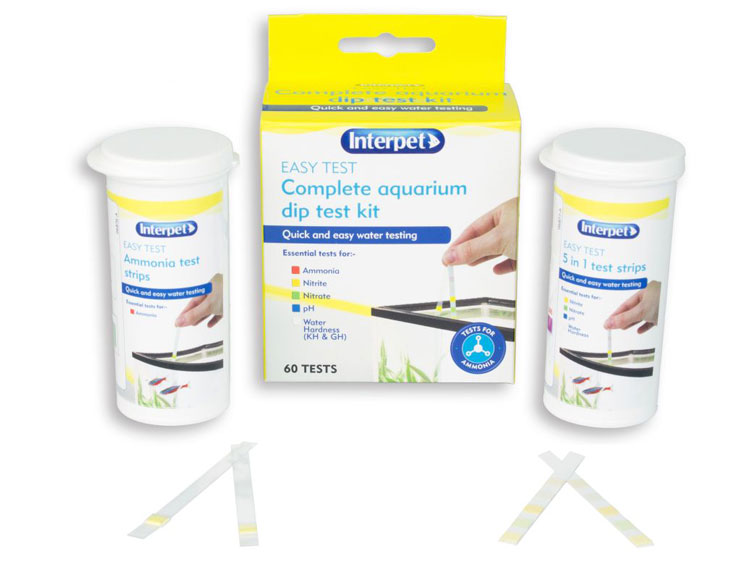
What should I do?
- Complete a 25% water change and retest after a few hours
- Treat with Ammonia Remover
- When at a safe level of 0.0mg treat the tank with Fast Filter Start to boost the bacteria in your filter that process ammonia
- Continue to regularly test your water
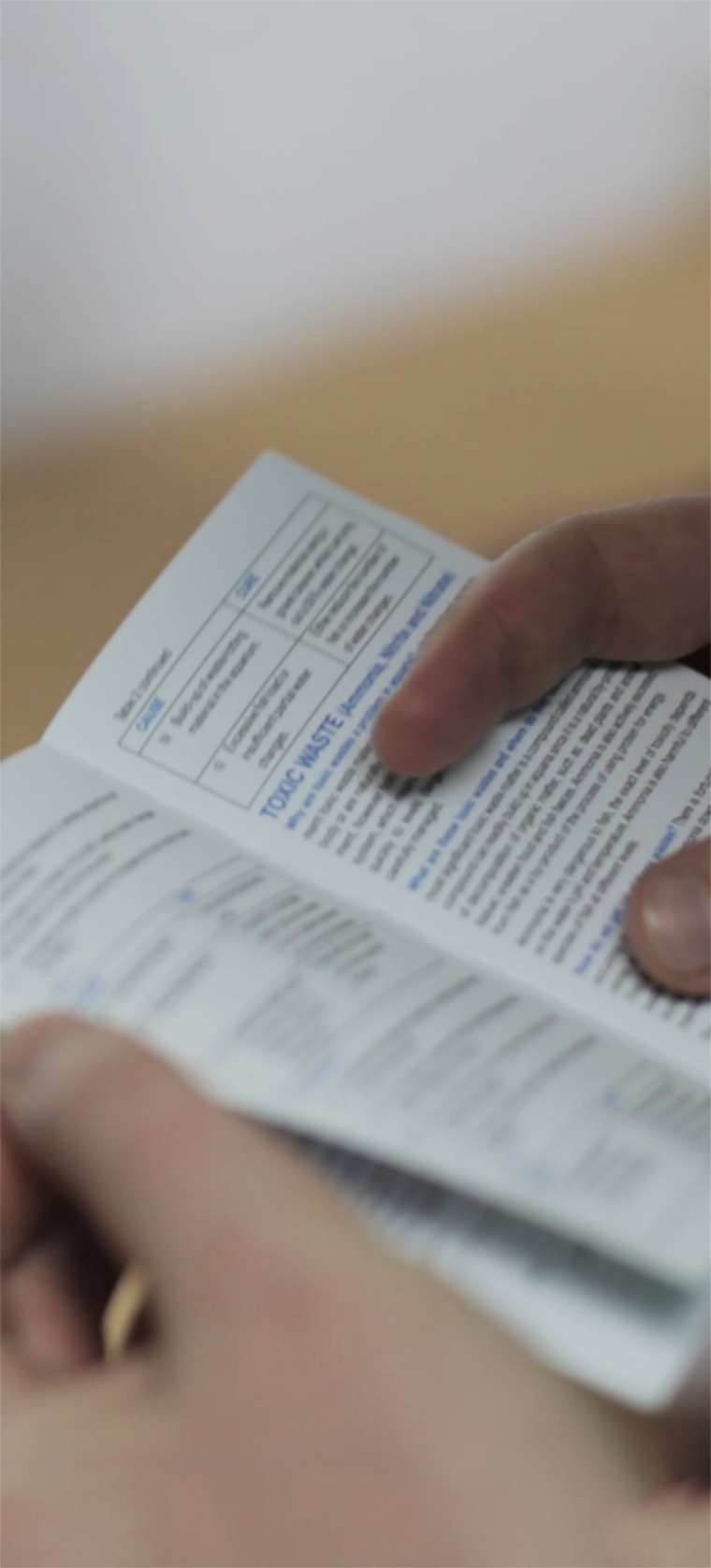
Why does this happen and how do I prevent it?
Ammonia is a naturally occurring chemical in your aquarium created by the breakdown of waste i.e. food, excrement or plants. Ammonia should be broken down by your biological filtration bacteria through a process called the Nitrogen Cycle.
High Ammonia is caused by:
- Inadequate biological filtration (damaged or immature ‘New Tank Syndrome)
- Over stocking
- Over feeding
- High temperatures
Control all of these factors to prevent high ammonia. If you need to clean elements of the filter, like sponges, make sure to do so in aquarium water as tap water will damage the bacteria that remove ammonia.
What treatment should I use?
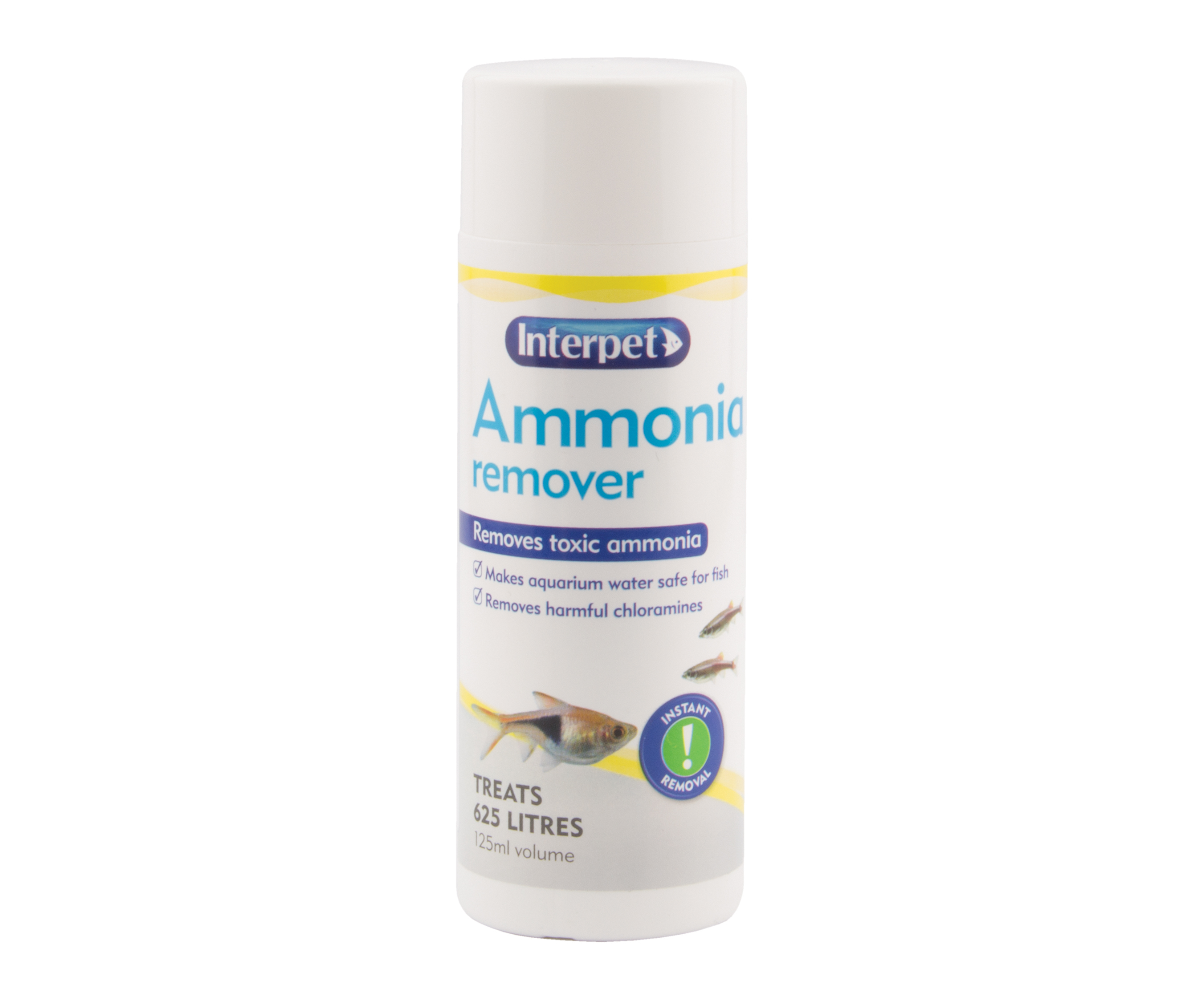
Ammonia Remover
Ammonia is a lethal toxic waste product excreted by fish; bacteria in biological filters usually breakdown the toxic Ammonia into less harmful compounds. If this biological process fails you can help by chemically removing the ammonia.
Find out more >Use with any of the above
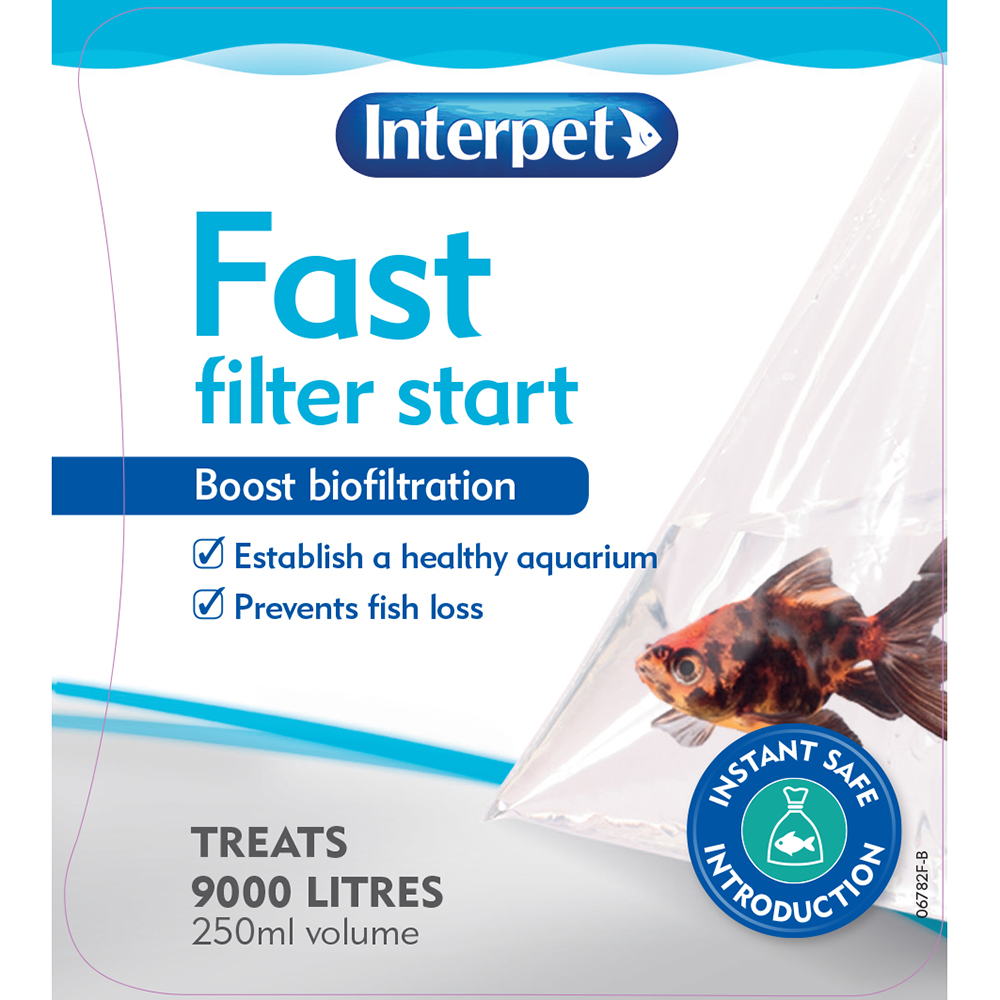
Fast Filter Start
Fast Filter Start contains cultures of selected bacteria to rapidly start up the waste breakdown in your aquarium
Fish health problems often occur in new aquariums because filter bacteria takes several weeks to become established and cannot effect...
Find out more >or
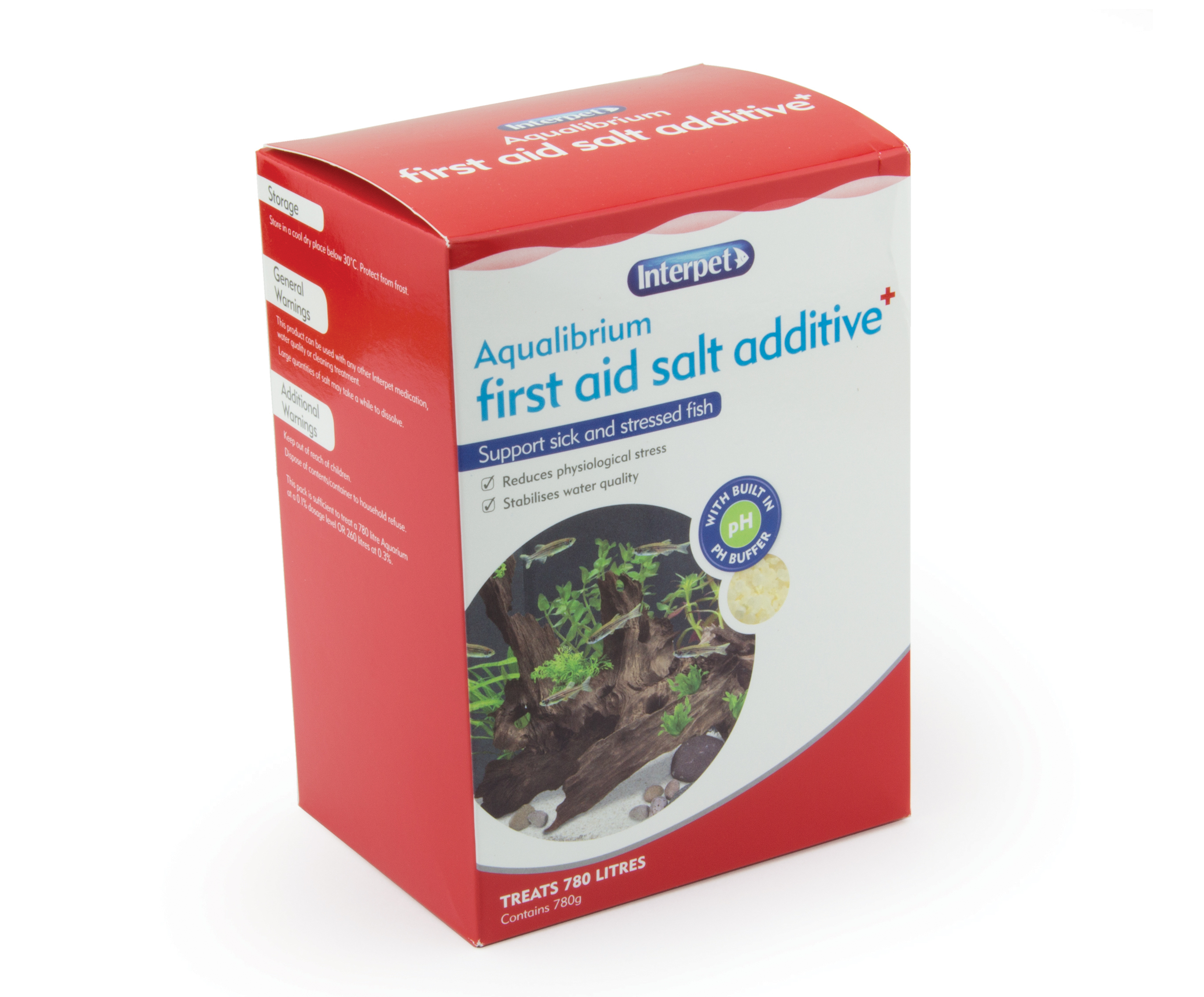
Aqualibrium First Aid Salt Additive
Aqualibrium first aid salt is a unique physiological salt formula which helps freshwater fish maintain a constant internal salt/fluid balance.
Find out more >Not what you are looking for? Back to Diagnose What's Wrong >


